Found 867 places
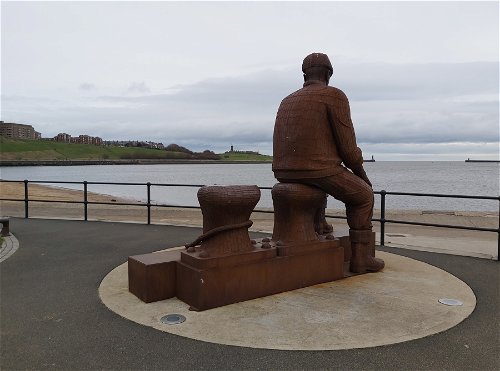
Fiddlers Green Statue
Art North Shields Tyne And WearA metal statue by Ray Lonsdale built as a memorial for fishermen lost at sea from North Shields.
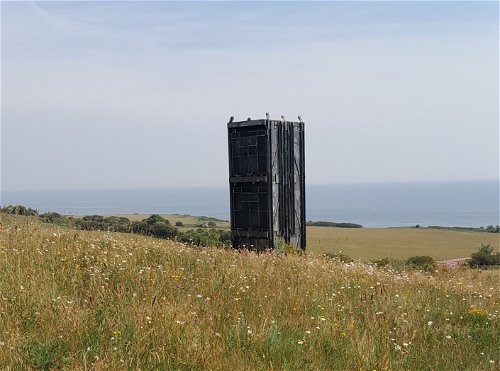
Easington Colliery
Landmark Peterlee County DurhamA town with a nature reserve, memorial garden, cemetry and a reconstructed miners pit cage, celebrating the times of mining in Easington Colliery.
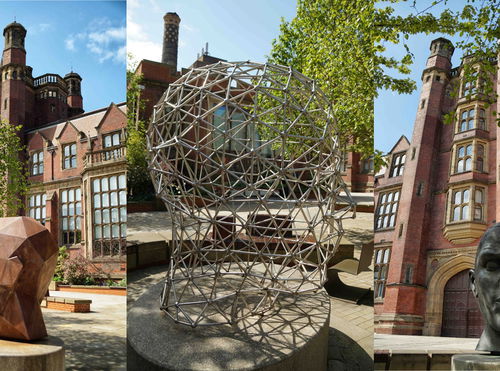
Generation
Art Newcastle City Centre Tyne And WearStatues of three heads representing different eras of human and industrial production.
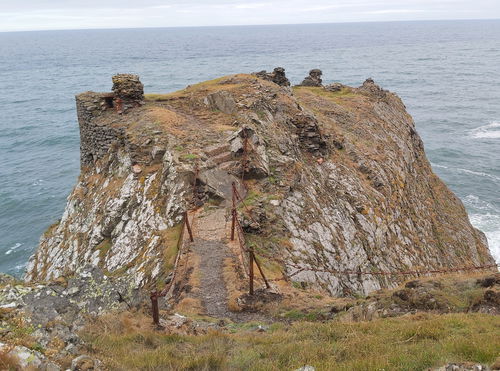
Fast Castle
Castle Eyemouth BordersThe ruins of a castle fought over by the Scots and English on a small outcrop near St Abbs.
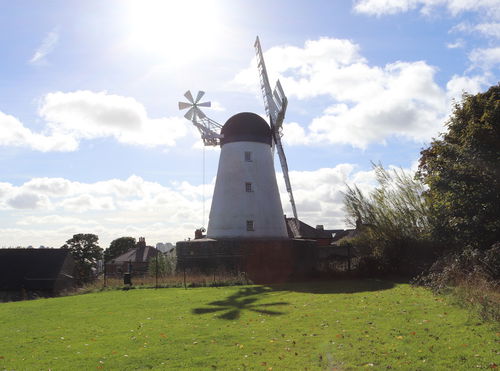
Fulwell Windmill
Windmill Sunderland Tyne And WearA 19th Century Windmill in Fulwell, built for Joseph Swan in 1806.
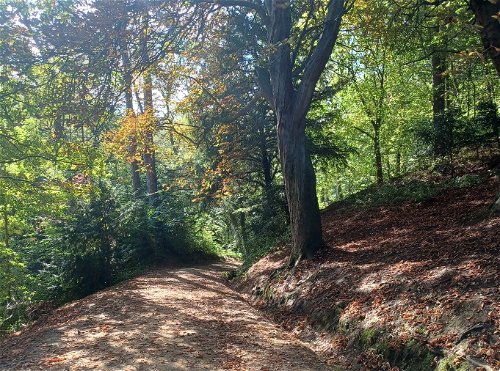
Castle Eden Dene
Landscape Peterlee County Durham221 hectares of woodland, grassland and paths leading to the beautiful Durham coast.
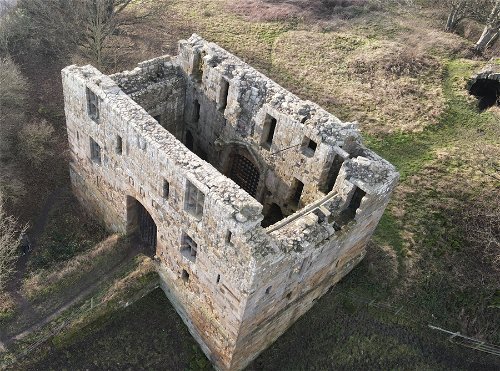
Whorlton Castle
Castle Northallerton North YorkshireRuined motte and bailey castle, dating back to the Norman Conquest.
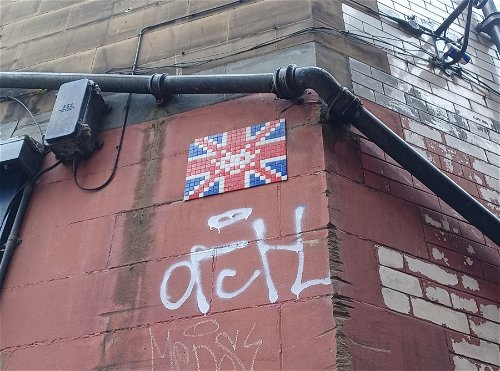
Invader Street Art
Art Newcastle City Centre Tyne And WearTiled street art depicting space invaders placed around Newcastle City Centre
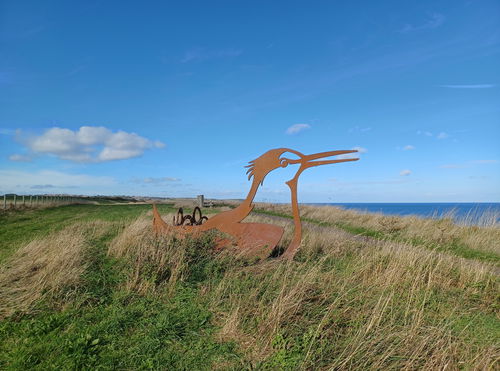
Little Tern Sculpture
Art Horden County DurhamArtwork inspired by the Little Tern colony which return to nest in Horden every spring.
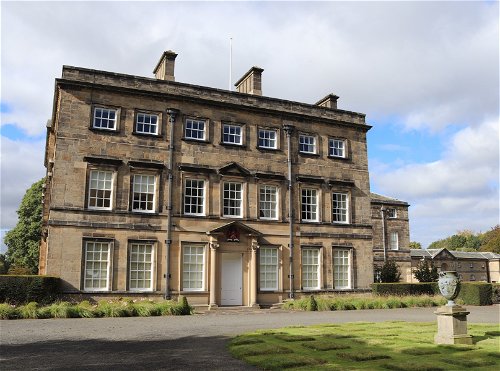
Blagdon Hall Estate
Estate Cramlington NorthumberlandThe private estate of the White Ridley family where the grounds are filled with wonderful statues, follies and temples.
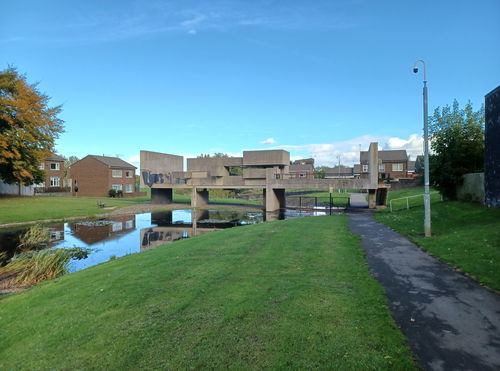
Apollo Pavilion
Art Peterlee County DurhamA Brutalist public work of art in Peterlee, designed by British Artist and Architect, Victor Pasmore.

Steetley Pier
Landmark Hartlepool County DurhamA 2,000 foot long pier built in the 1960's to pipe sea water for the magnesia treatment works.
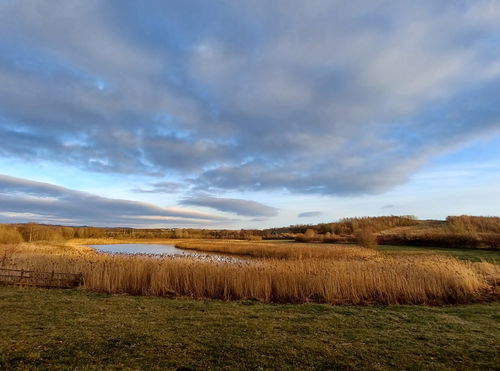
Rainton Meadows Nature Reserve
Landscape Houghton-le-Spring Tyne And WearNature Reserve near Houghton-le-Spring run by Durham Wildlife Trust.
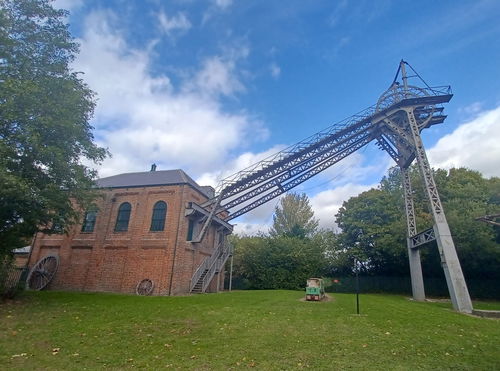
Washington F Pit
Building Washington Tyne And WearSmall museum showcasing the history of coal mining in the region.
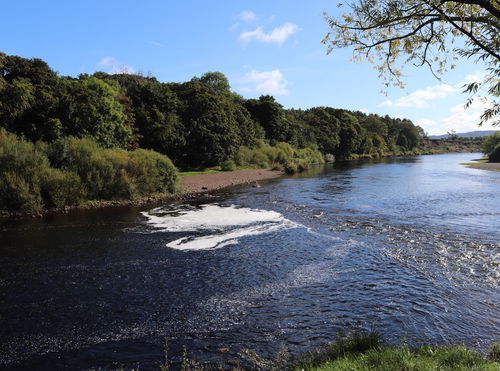
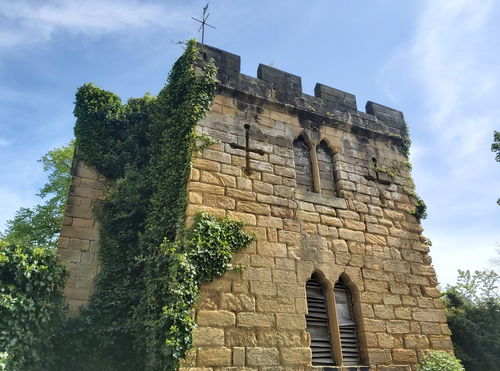
Alnwick Water Tower
Water Tower Alnwick NorthumberlandA water tower sitting next to the kitchen garden of Alnwick Gardens.
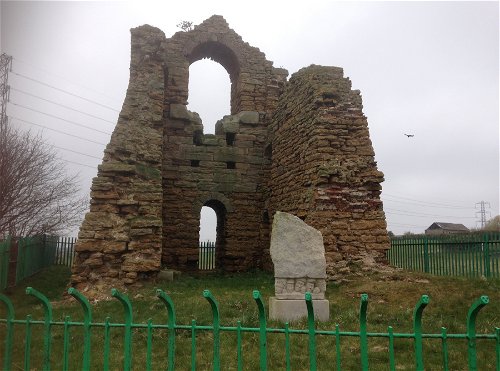
Haswell Colliery Engine House
Building Shotton County DurhamA ruined colliery engine house that was part of a monumental mining disaster.
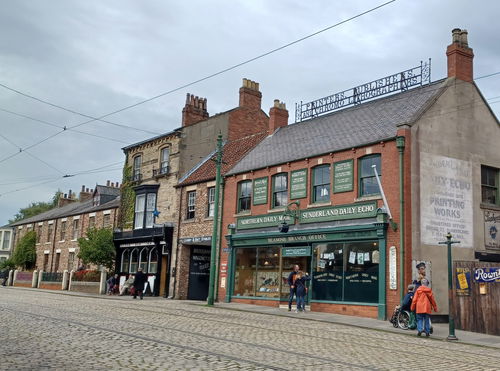
Beamish Museum
Estate Stanley County Durham350 acre world famous open air museum set in rural County Durham.
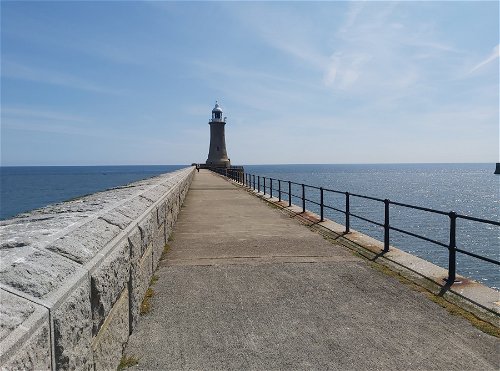
Tynemouth North Pier
Lighthouse Tynemouth Tyne And WearA 900m long pier protecting ships when entering the River Tyne at Tynemouth.
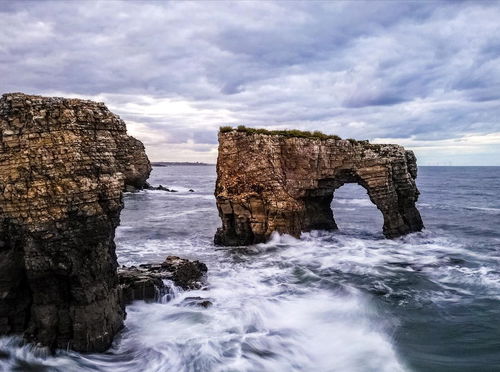
Whitburn Arch
Standing Stone Whitburn Tyne And WearA small rock arch off the coast in South Shields near Souter Lighthouse.
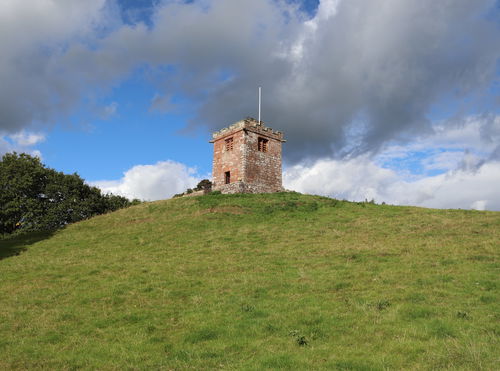
Bell Tower Of St Oswald Church Kirkoswald
Tower Penrith CumbriaA stand alone bell tower for the Church of St Oswald in Kirkoswald, Cumbria.
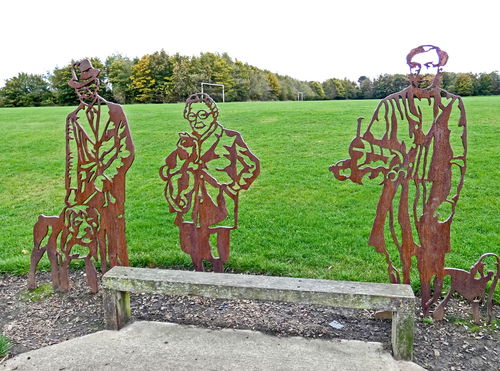
The Portrait Bench
Art Bedlington NorthumberlandA metal sculpted bench portraying three notable people from the Bedlington area.
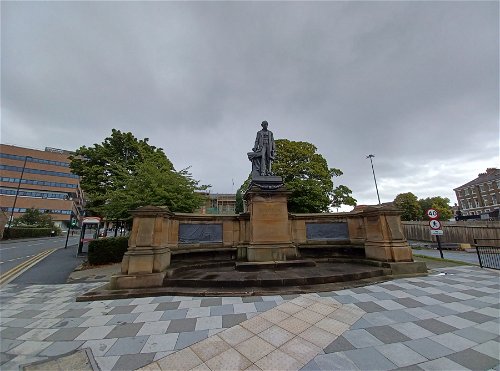
Armstrong Memorial
Statue Newcastle City Centre Tyne And WearA life sized bronze sculpture in memory of Lord Armstrong on Barras Bridge outside the Hancock Museum.
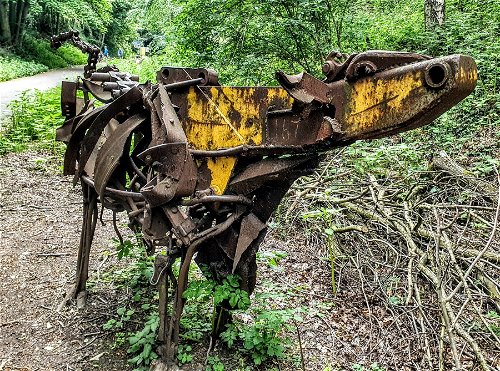
Beamish Shorthorns
Art Consett County DurhamA sculpture of four metal cows constructed from old JCB parts, grazing on the C2C route near Beamish.
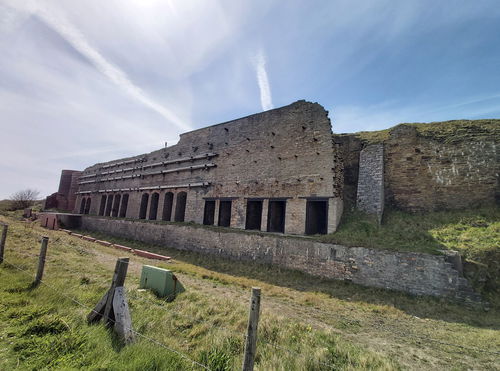
Marsden Lime Kilns
Lime Kiln South Shields Tyne And WearLime kilns on the coast near South Shields, built in the 1870s.
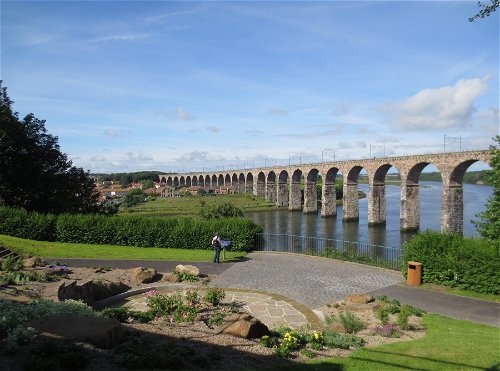
Berwick Parks
Landscape Berwick Upon Tweed NorthumberlandTwo Parks, Castle Vale and Coronation Park, set either side of Berwick Station which include footpaths, shelters, rose gardens and a lily pond.

Old Cassop Trig Point
Trig Point Durham County DurhamThis is the trig point for Old Cassop (194m) near Durham.
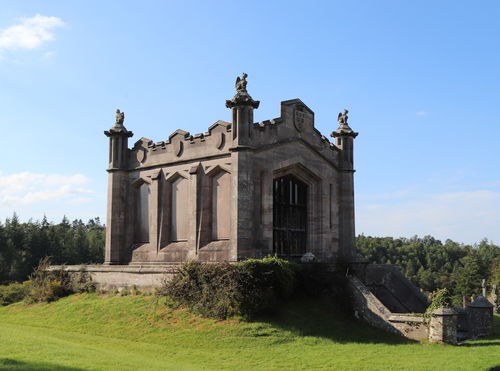
Lowther Mausoleum
Religious Place Penrith CumbriaA mausoleum for William the second Earl, who died in 1844.
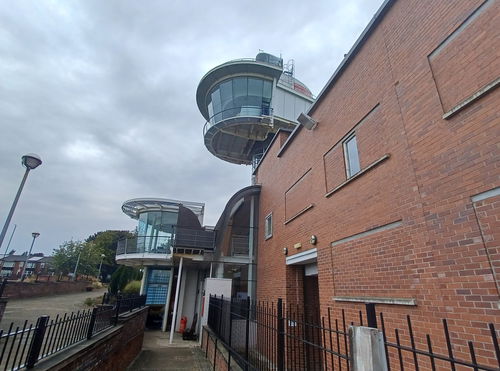
Segedunum Roman Fort and Museum
Landscape Wallsend Tyne And WearExcavated Roman fort, with a museum and 35m viewing tower.
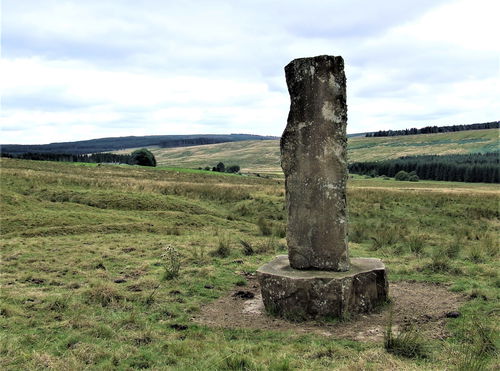
Source of the North Tyne River At Deadwater
Standing Stone Kielder NorthumberlandA standing stone marking the northern source of the River Tyne in Deadwater.
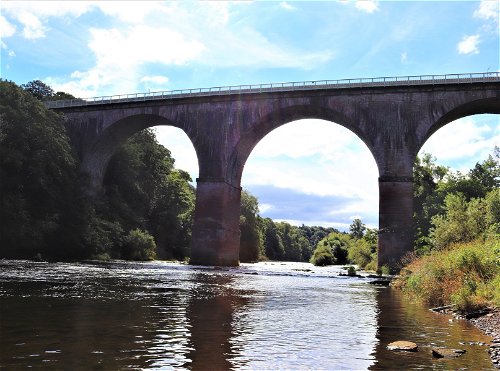
Wetheral Viaduct - Corby Bridge
Bridge Wetheral CumbriaA maginificent viaduct spanning the River Eden in Wetheral.
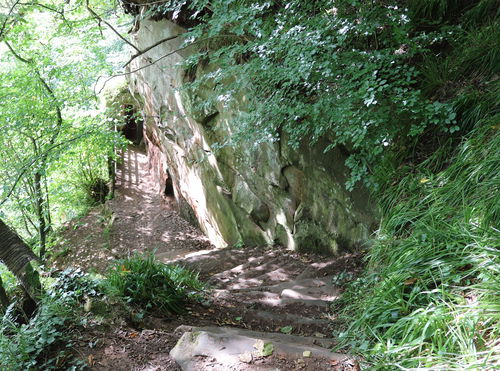
Wetheral Caves - St Contantine's Call
Cave Wetheral CumbriaA 3 chambered cave used by the monks as storage and safegaurd and as a dwelling for St Constantine.
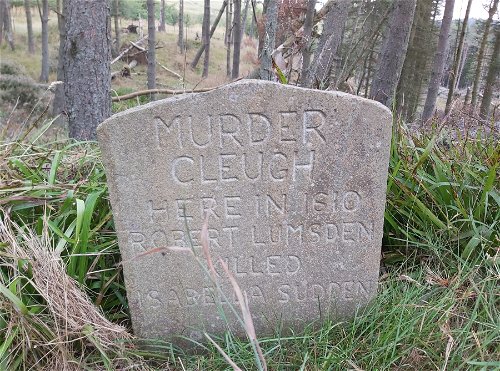
Murder Cleugh
Standing Stone The Cheviots NorthumberlandA small marker stone where Robert Lumsden murdered Isabella Sudden in 1610.
Penrith Beacon
Tower Penrith CumbriaA beacon that when lit would warn the neighbouring villages of an impending attack!
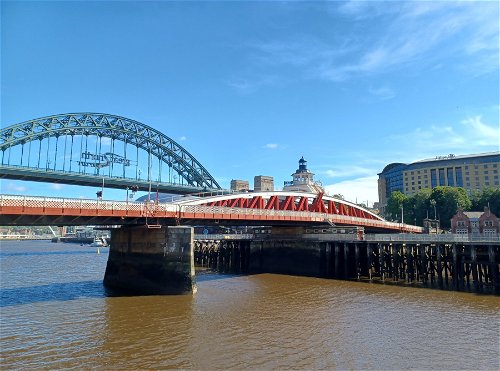
Swing Bridge
Bridge Newcastle City Centre Tyne And WearRotating bridge designed by William Armstrong, which opened in 1876.
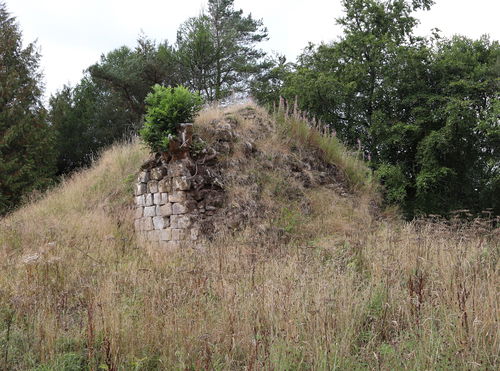
Simonburn Castle
Castle Simonburn NorthumberlandOriginally envisaged as a motte and bailey, Simonburn Castle was eventually a tower house before falling into ruin.
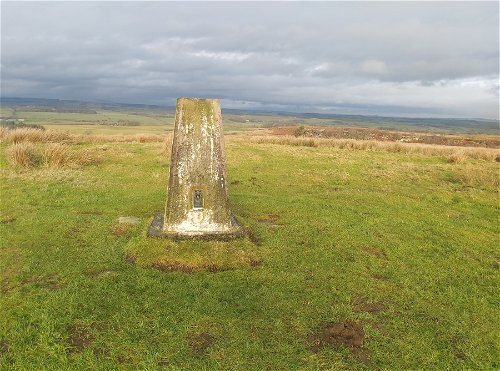
Shaftoe Crags Trig Point
Trig Point Bolam NorthumberlandThe trig point sitting on top of Shaftoe Crags (213m).
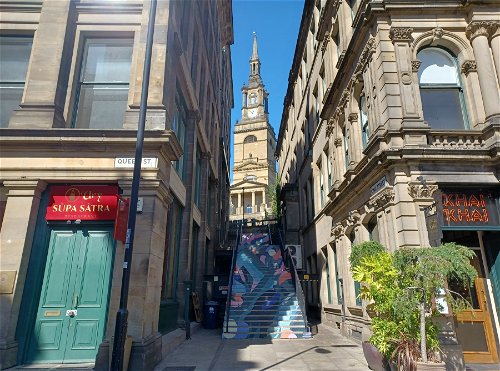
King Street Stairs
Stairs Newcastle City Centre Tyne And WearA new artwork on the King Street Stairs leading from the Quayside to All Saints Church.
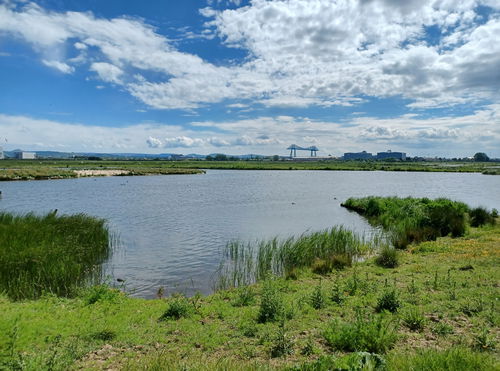
RSPB Saltholme
Landscape Middlesbrough North Yorkshire650 hectare site attracting thousands of birds every year.
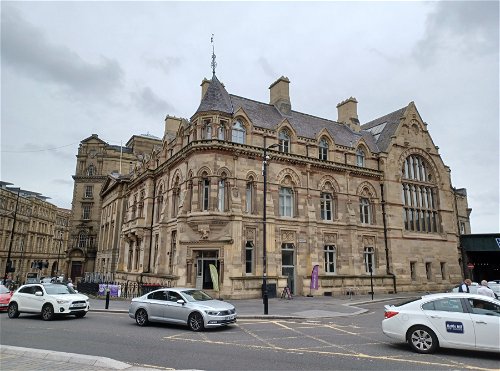
The Mining Institute
Building Newcastle City Centre Tyne And WearThe North of England Institute of Mining and Mechanical Engineers or as it is more commonly known, “The Mining Institute” is one of the finest buildings in Newcastle. It is a Victorian building built at the time when high-Gothic architecture was coming into fashion.
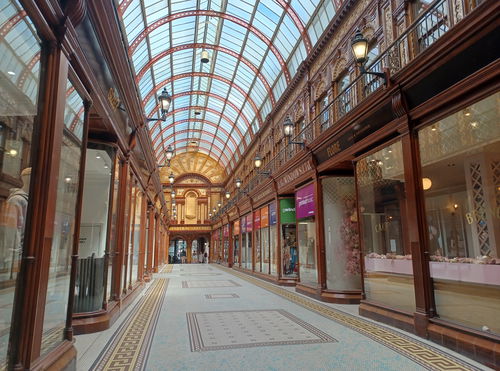
Central Arcade
Building Newcastle City Centre Tyne And WearAn ornate, Edwardian Shopping Arcade, in the centre of Newcastle built in 1906. The arcade is set within Richard Grainger's Central Exchange Building.
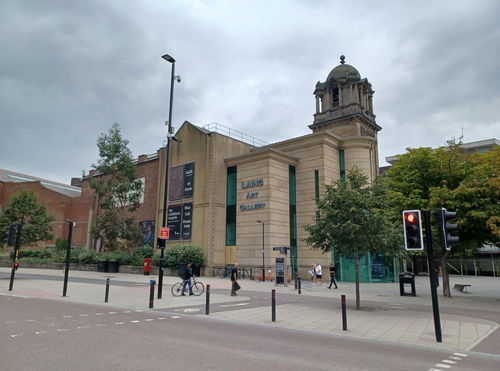
The Laing Art Gallery
Art Newcastle City Centre Tyne And WearA free art gallery in the centre of Newcastle housing works by Henry Moore, Thomas Bewick, Norman Cornish, Richard Hamilton and Charles Napier Hemy among others.
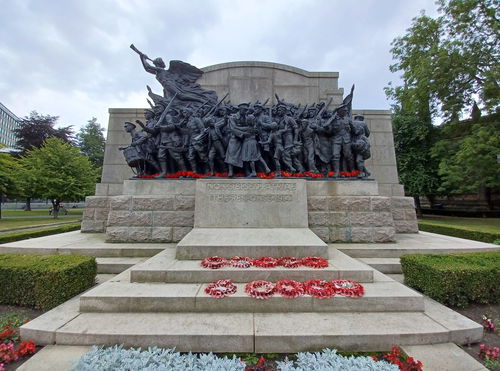
The Response
Statue Newcastle City Centre Tyne And WearA war memorial to the Northumberland Fusiliers sited on the grounds of St Thomas the Martyr Church at Barras Bridge, depicting the spirit and patriotic confidence that swept the nation at the outset of war in 1914.
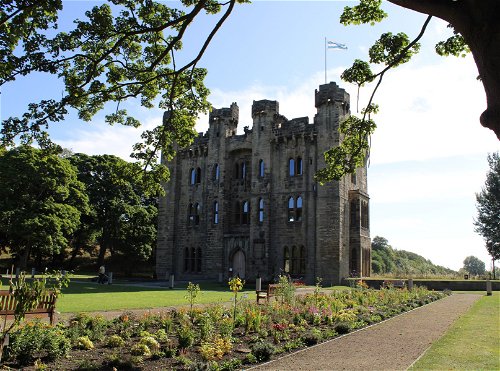
Hylton Castle
Castle Sunderland Tyne And Wear14th century gatehouse tower built by Sir William Hylton.
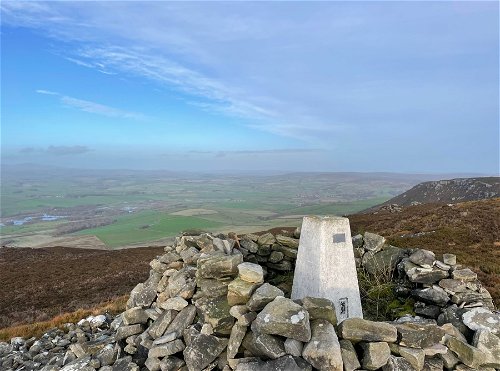
Tosson Hill Trig Point
Trig Point Rothbury NorthumberlandThe trig point sitting on top of Tosson Hill (440m) #147.
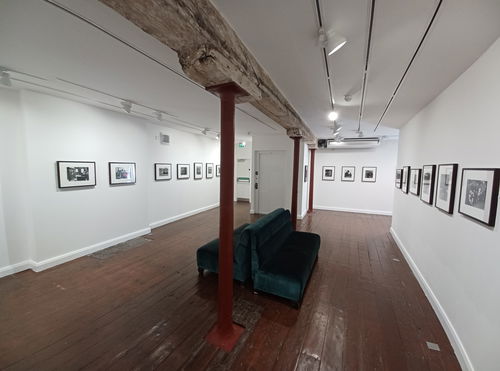
Side Gallery
Art Newcastle City Centre Tyne And WearSmall photographic gallery on Newcastle's Quayside.
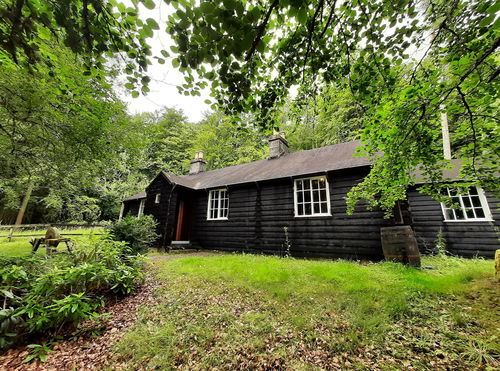
Black Hut at Catcleugh Reservoir
Building Byrness NorthumberlandThe last remaining hut built to accomodate the workers who constructed the Catcleugh Reservoir.
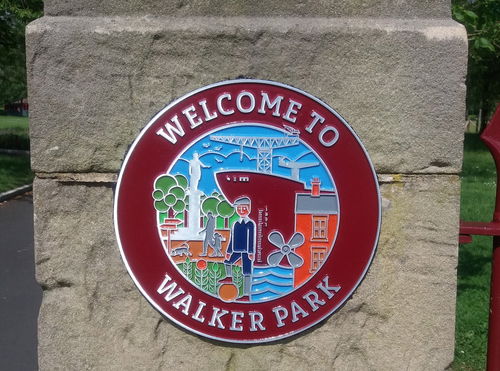
Walker Park
Landscape Walker Tyne And WearA Victorian public park in Walker, Newcastle with links to Robert Burns and its own population of Ring Necked Parakeets.
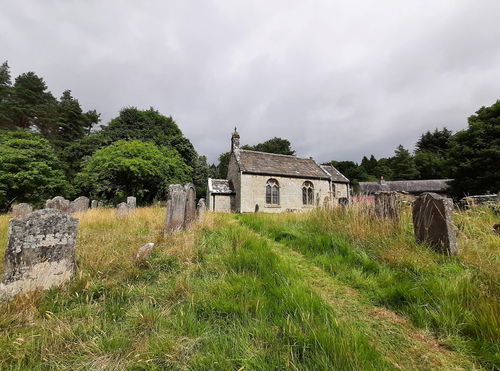
St Francis Of Assisi Church Byrness
Religious Place Byrness NorthumberlandAn 18th century church which was partly rebuilt in 1884. It has a window which commemorates those who died during the construction of the nearby Catcleugh Reservoir.
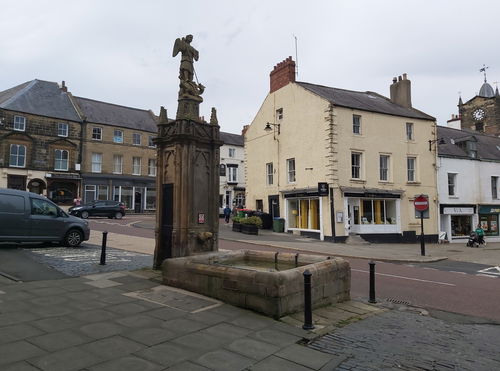
Alnwick Pants
Fountain Alnwick NorthumberlandFountains and water troughs throughout Alnwick that were once used to provide clean water.
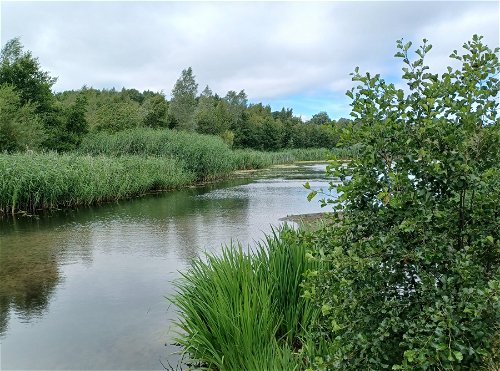
Watergate Forest Park
Landscape Gateshead Tyne And Wear24 hectare park with lake, woodland and waymarked paths in the heart of Gateshead.
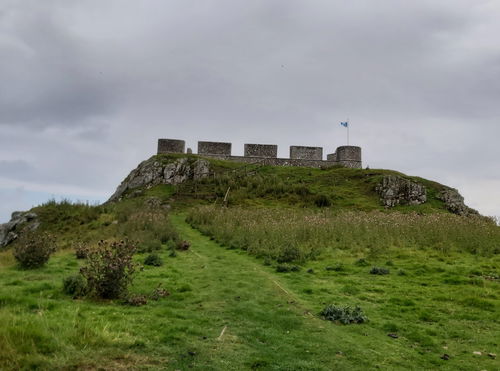
Hume Castle
Castle Kelso BordersA heavily modified ruin of an early 13th century castle held by the powerful Hume family.
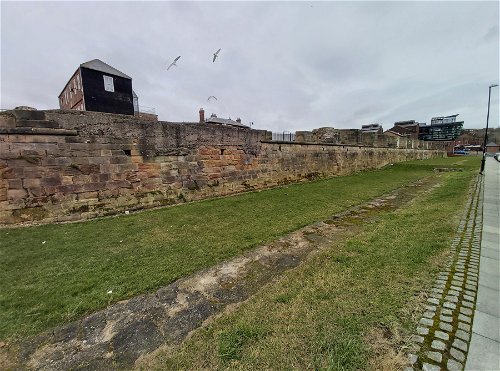
Clifford's Fort
Military North Shields Tyne And WearA defensive gun battery established near the mouth of the Tyne during the Anglo Dutch Wars in the 17th Century and used during various later conflicts.
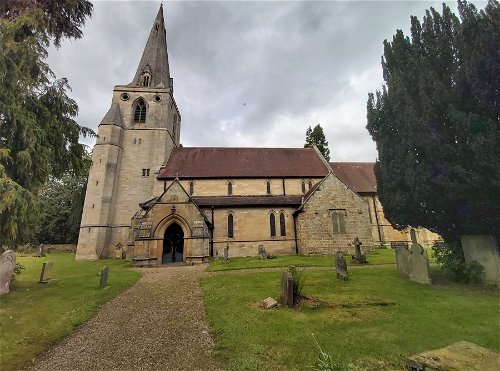
St Mary Magdalene Church Mitford
Religious Place Morpeth NorthumberlandA Grade I Listed Church in Mitford with a number of interesting architectural features and Grade II Listed tombstones and Lych Gate in the churchyard.
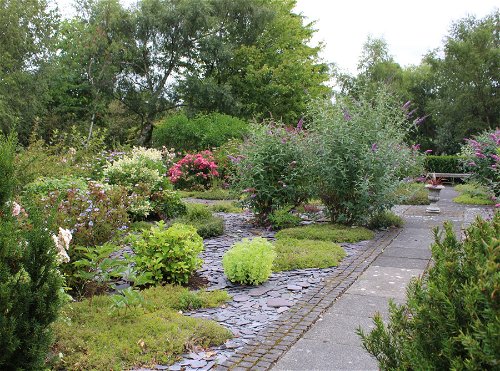
Birkheads Secret Garden
Landscape Gateshead Tyne And WearA series of 12 gardens set in 3 acres of land in rural Gateshead.
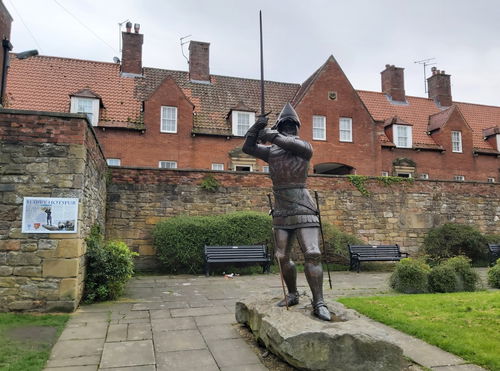
Harry Hotspur Statue
Statue Alnwick NorthumberlandStatue to Henry Percy, also known as Harry Hotspur, Alnwick's most famous Knight and one of Shakespeare's best known characters.
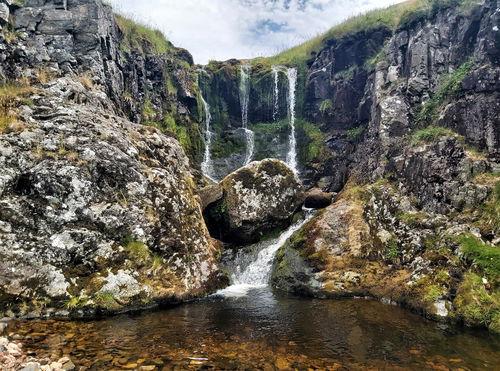
Hen Hole
Waterfall The Cheviots NorthumberlandThe most spectacular gorge with cascades and waterfalls in the whole of Northumberland if not the UK!
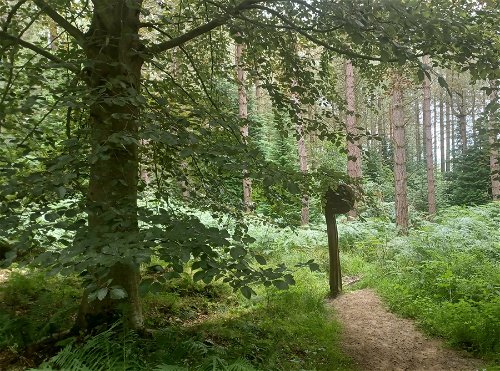
Chopwell Wood
Landscape Gateshead Tyne And WearBeautiful 360 hectare woodland, great for walkers, cyclists and horse riders.
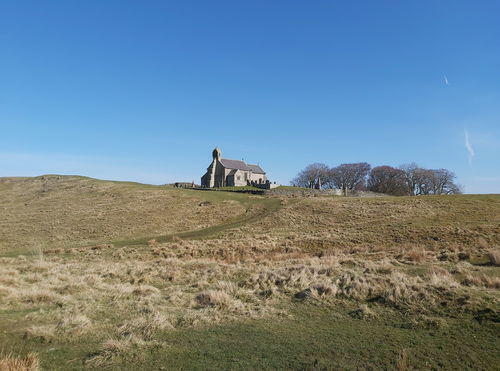
Church of St Aidan's Thockrington
Religious Place Swinburne NorthumberlandAn ancient Northumbrian Church, one of the oldest in the Country, dating back to the 11th Century that stands on a hill with amazing views in all directions.
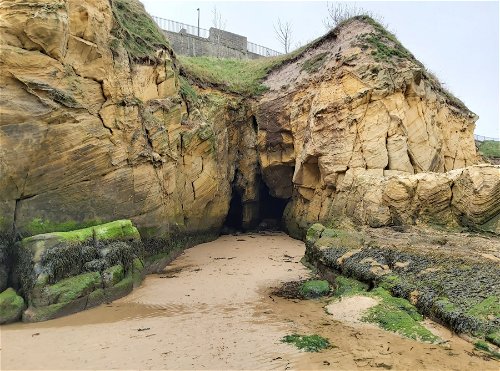
Cullercoats Caves
Cave Cullercoats Tyne And WearCaves at Cullercoats Bay known locally as Fairies Caves.
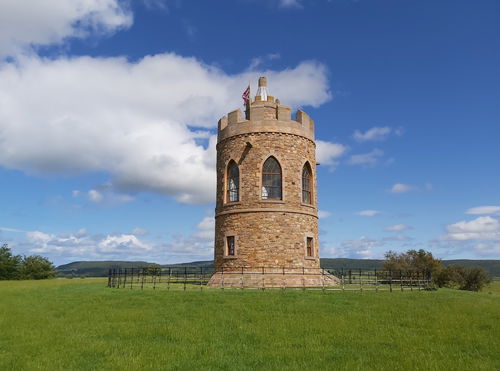
Hurlestone Tower
Tower Chillingham NorthumberlandA modern day folly set in the Lilburn Tower estate next to the Hurl Stone.
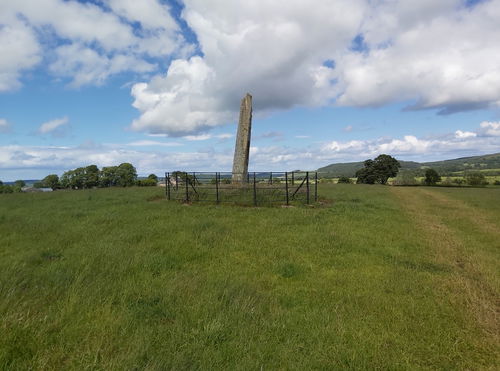
Hurl Stone
Standing Stone Chillingham NorthumberlandA 4m standing stone, most likely a headless cross, maybe thrown there by giants or the devil.
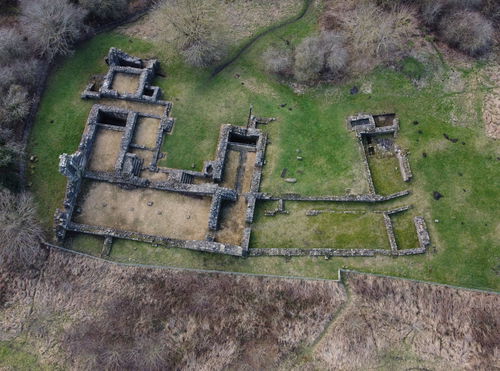
Beaurepaire Priory
Religious Place Durham County DurhamA 13th century priory twixt manor house that was a retirement home and also a retreat for the Durham Monks.
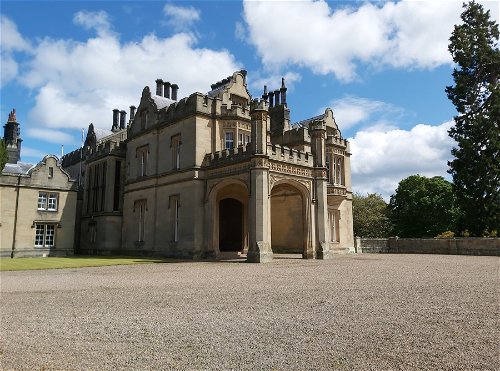
Lilburn Tower
Estate Chillingham NorthumberlandA country manor house with beautiful gardens, an observatory, old church and ruined pele tower.
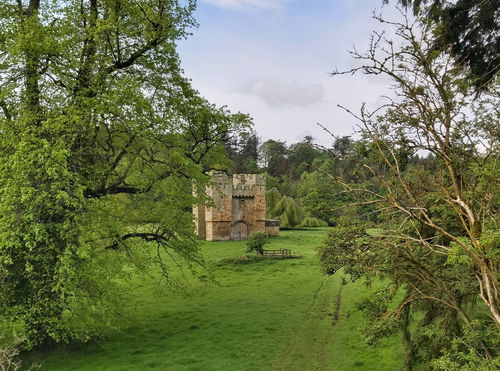
Alnwick Abbey Gatehouse
Religious Place Alnwick NorthumberlandThe remaining gatehouse from Alnwick Abbey, built in the 12th century.
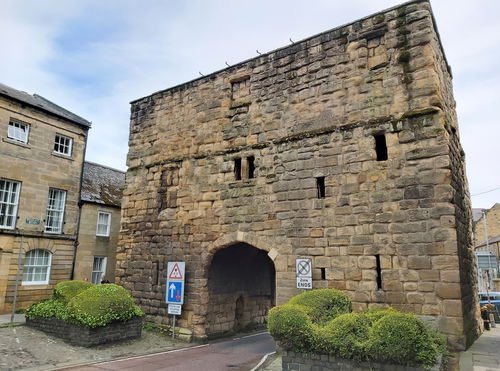
Bondgate Tower
Tower Alnwick NorthumberlandA 15th century gatehouse that was part of the Alnwick old town walls.
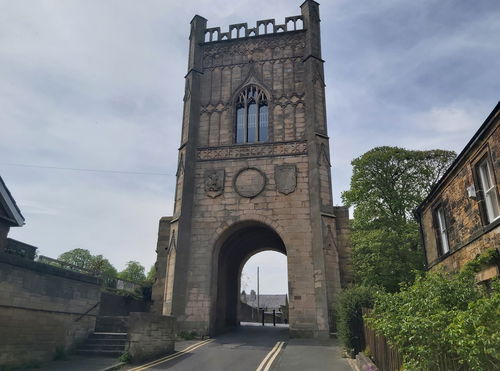
Pottergate Tower
Tower Alnwick NorthumberlandOriginally part of the town's medieval defences, this tower is now a luxury holiday cottage.
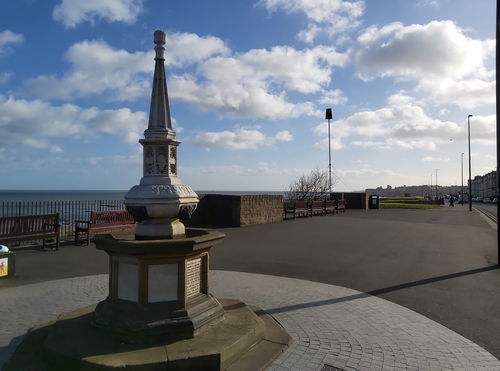
Adamson Memorial Drinking Fountain
Fountain Cullercoats Tyne And WearA 19th century fountain dedicated to Bryan Adamson, a lieutenant of the HMS Wasp that was lost at sea.
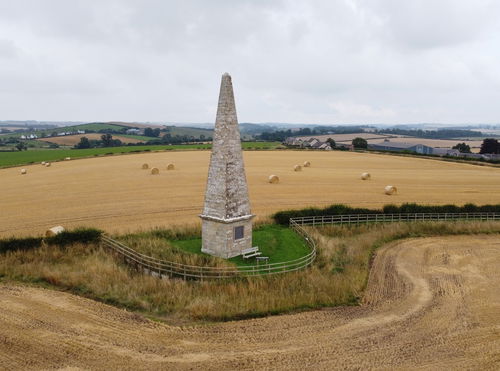
Thomson Monument
Obelisk Kelso BordersAn obelisk commerating playwright and poet James Thomson, who also penned the words to Rule, Britannia.
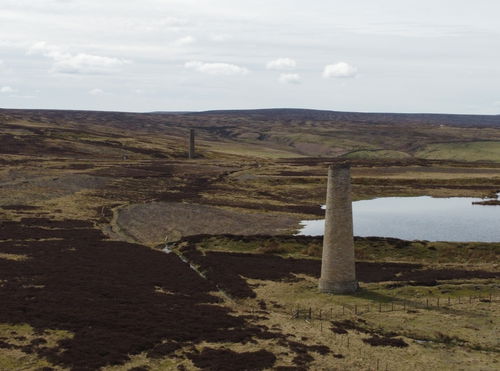
Sikehead Mine Chimneys
Chimney Blanchland NorthumberlandTwo chimneys remaining from the Sikehead mine set on Ramshaw Moors
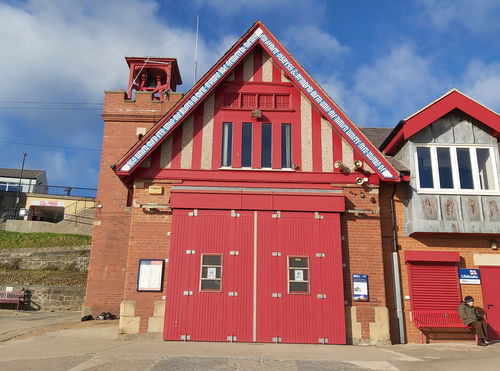
Cullercoats Lifeboat Station
Building Cullercoats Tyne And WearA 19th Century, Grade II listed, Lifeboat Station situated on the beautiful horseshoe bay at Cullercoats.
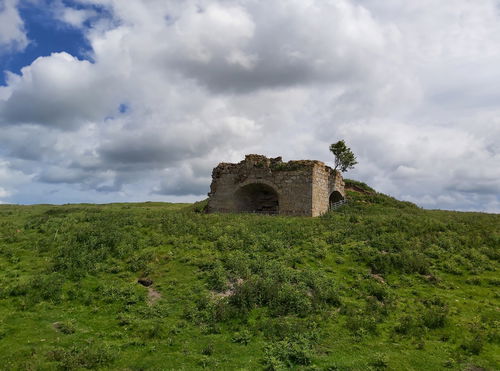
Ros Castle Lime Kiln
Lime Kiln Chillingham NorthumberlandA ruined lime kiln sitting between Cateran Hole and Ros Castle in the Alnwick area.
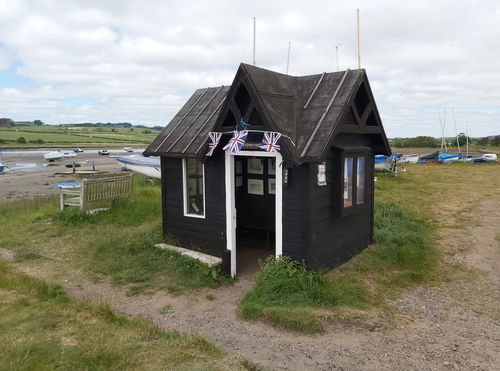
The Ferry Hut - Ferryman's Hut
Building Alnmouth NorthumberlandThe smallest museum in Northumberland (if not the world!!) with pictures, memorabilia and trinkets about boating life in Alnmouth.
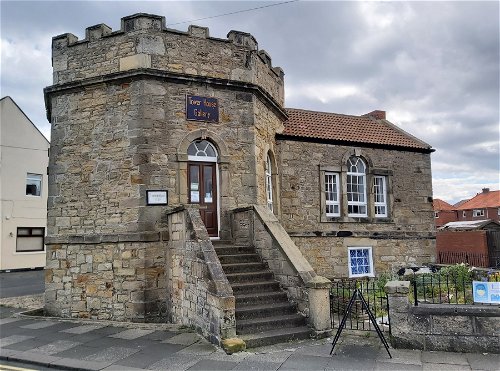
Tower House
Building Seaton Valley NorthumberlandA castelled octagonal building in Seaton Sluice that was once a tax office, harbour master house and now a gallery.
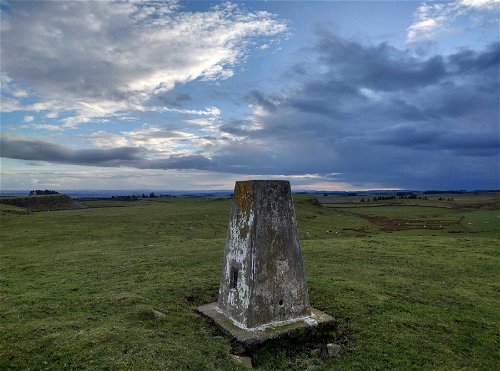
Bavington Crags Trig Point
Trig Point Kirkwhelpington NorthumberlandThe trig point sitting on top of Bavington Crags In Great Bavington (248m).
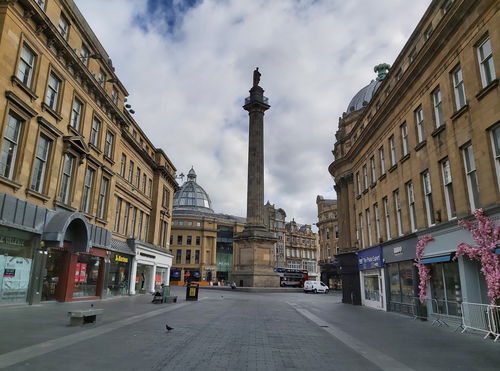
Grey's Monument
Statue Newcastle City Centre Tyne And WearMonument dedicated to Charles Grey, 2nd Earl Grey built in 1838.
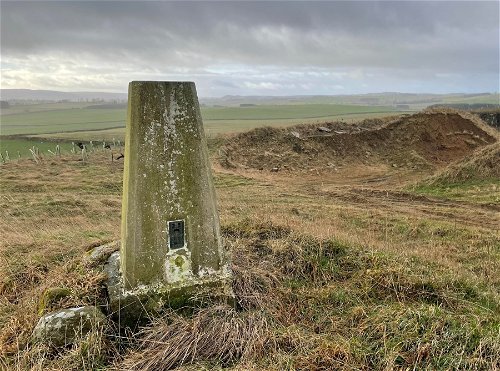
Blackchester Trig Point
Trig Point Alwinton NorthumberlandThe trig point sitting on top of Blackchester Hill Plantation (214m) in Alnham.
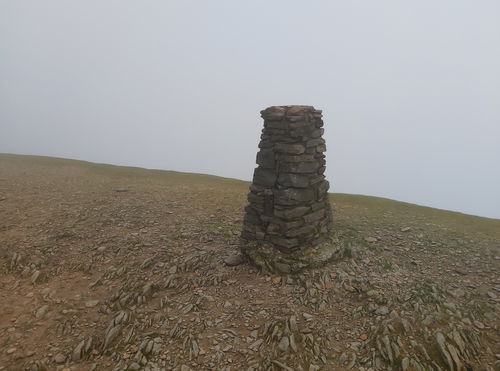
Helvellyn Trig Point
Trig Point Glenridding CumbriaThe trig point sitting on top of Helvellyn (950m).

Evelyn Column Felbridge Monument
Statue Edlingham NorthumberlandA column in memory of James Evelyn's parents, moved from Felbridge up to Lemmington, Northumberland.
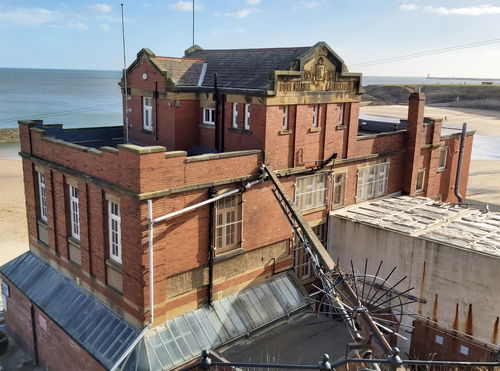
Dove Marine
Building Cullercoats Tyne And WearA research and teaching laboratory which formed part of the School of Marine Science and Technology at Newcastle University. It is now part of the larger School of Natural and Environmental Sciences.
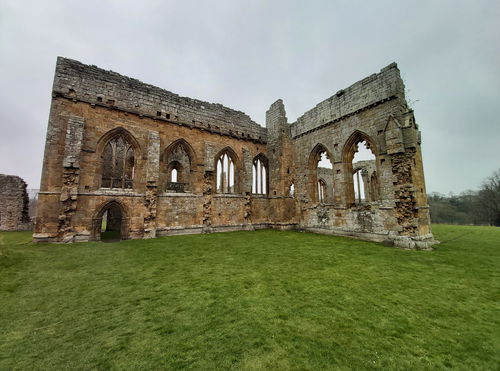
Egglestone Abbey
Religious Place Barnard Castle County DurhamBeautiful ruins of small monastery founded by White Canons set above a bend in the River Tees near Barnard Castle.
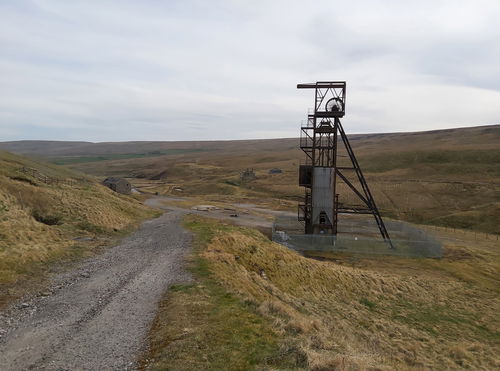
Groverake Mine
Machinery Bishop Auckland County DurhamThe ruins of an old lead and fluorspar mine in the Pennines with the headframe and some buildings still visible.
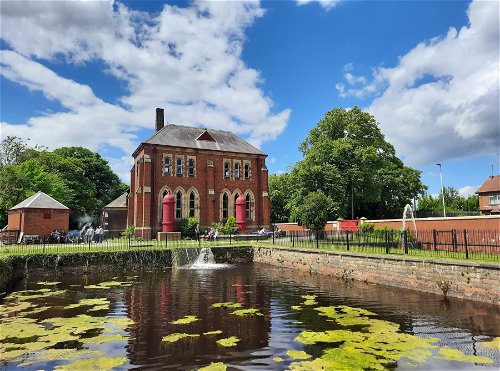
Tees Cottage Pumping Station
Machinery Darlington County DurhamA 19th century Victorian pumping station used to provide drinking water to the Darlington area.
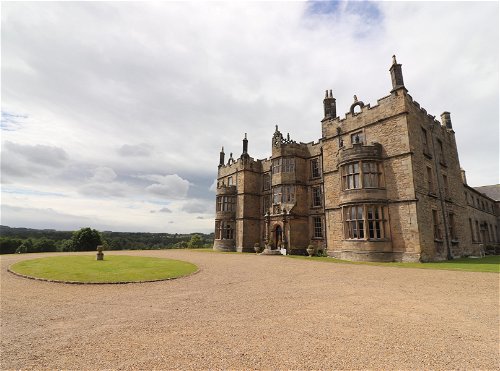
Chipchase Castle
Castle Hexham NorthumberlandA 17th-century Jacobean mansion disguided as a castle just north of Hexham.
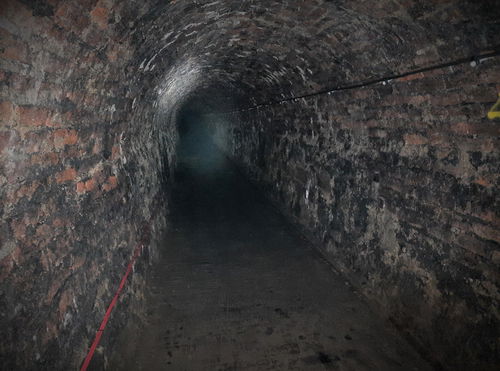
Victoria Tunnel
Building Newcastle City Centre Tyne And WearA tunnel running from the Town Moor to the Ouseburn that was used to transport coal and then became an air raid shelter.
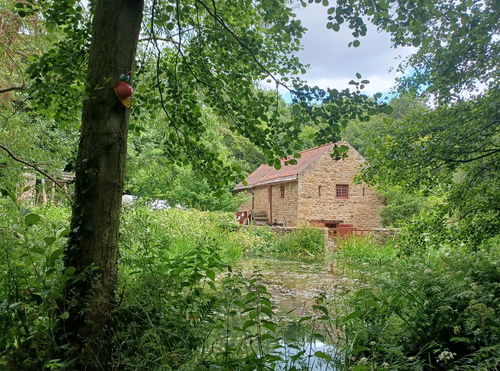
Path Head Water Mill
Building Gateshead Tyne And WearWater Mill on the edge of Blaydon, originally built in 1730.
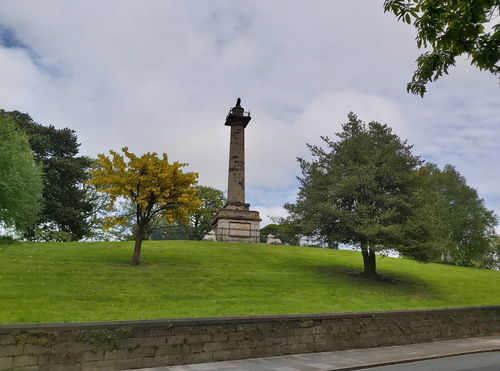
Percy Tenantry Column
Statue Alnwick NorthumberlandA Doric style column with a Percy Lion on the top dedicated to the 2nd Earl of Northumberland.
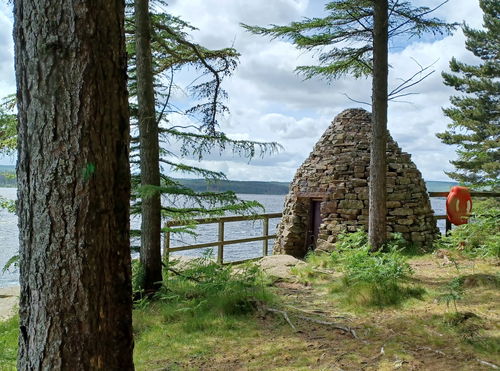
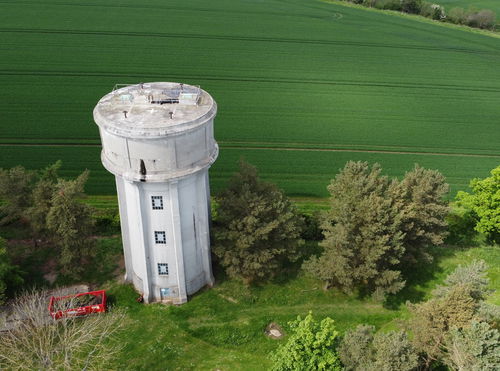
Northgate Water Tower
Water Tower Morpeth NorthumberlandA concrete water tower located next to Northgate Hospital in Morpeth.
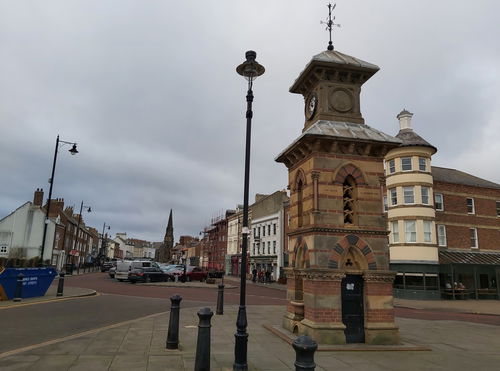
Tynemouth Clock Tower
Tower Tynemouth Tyne And WearA Grade II listed Clock Tower and Drinking Fountain in the Venetian Gothic Style.
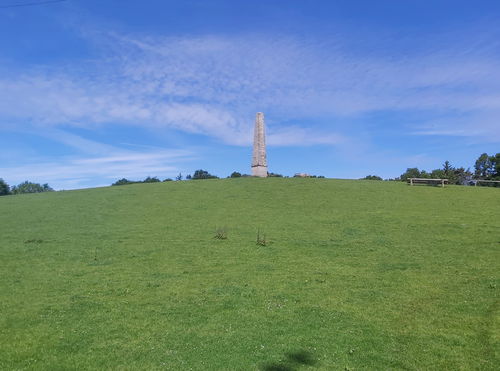
Kirkley Obelisk
Obelisk Ponteland NorthumberlandAn obelisk marking the centenary of the Glorious Revolution by William the Orange.
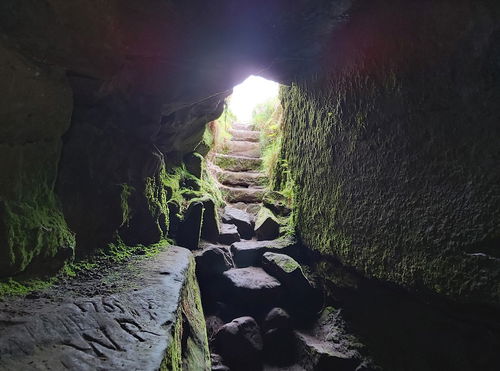
Cateran Hole
Cave Chillingham NorthumberlandA cave in a crater up on the moorland between Eglingham and Ros Castle.
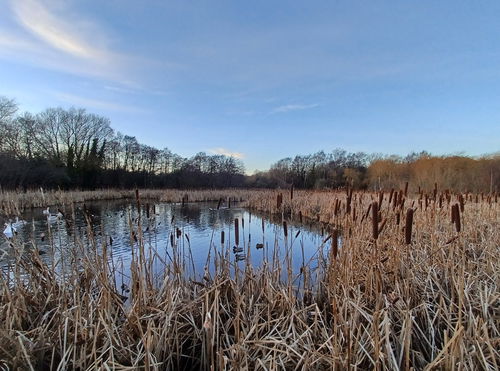
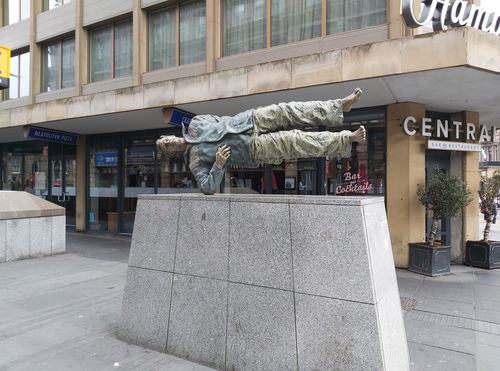
Man with Potential Selves
Art Newcastle City Centre Tyne And WearThree statues sowing the different aspects of a working man of Newcastle.
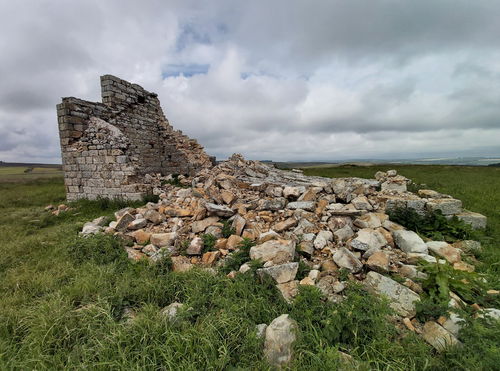
Jenny’s Lantern Folly
Folly Alnwick NorthumberlandA ruin of a folly shaped like a shepherd's hut on the Alnwick moors.
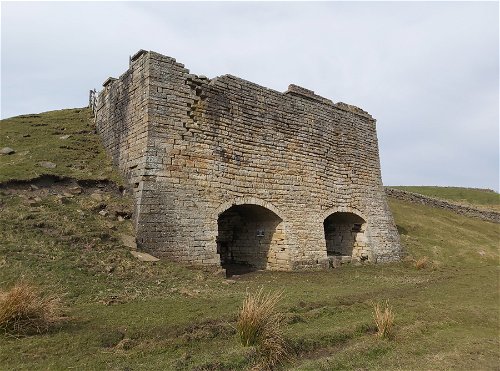
Thorngreen Lime Kiln
Lime Kiln Allendale NorthumberlandAn ingeniously preserved lime kiln sitting on the wonderfully named Slag Hill.
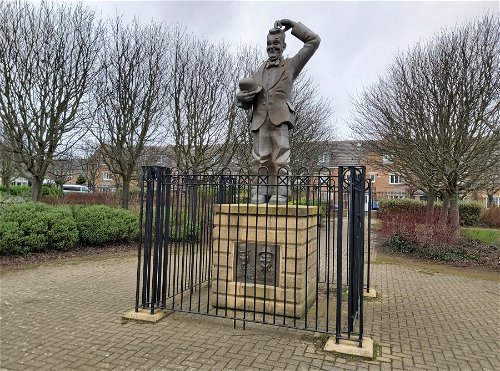
Stan Laurel Statue
Statue North Shields Tyne And WearA statue of the comedy icon and one half of the legendary duo Laurel and Hardy, Stan Laurel to celebrate his time living in North Tyneside.
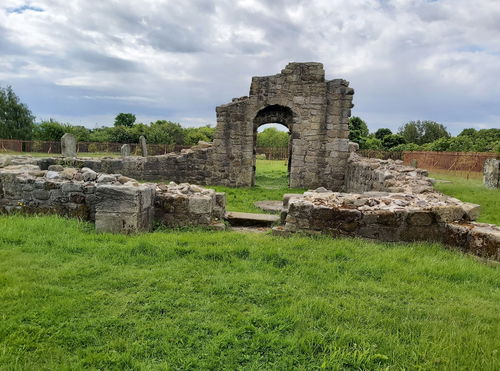
Holy Cross Church Ruins
Religious Place Wallsend Tyne And WearRuins of the Church of the Holy Cross that is nearly 900 years old.
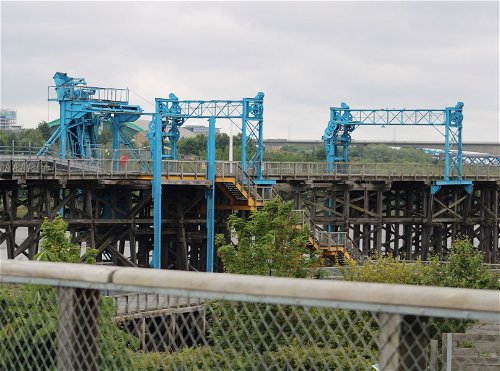
Dunston Staiths
Landmark Gateshead Tyne And WearThe largest timber structure in Europe, built in 1893.
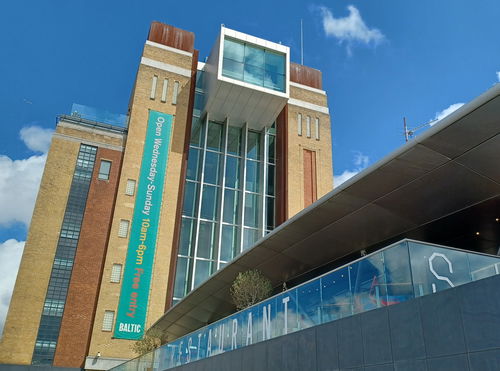
Baltic Centre for Contemporary Art
Building Gateshead Tyne And WearOld flour mill converted into a contemporary art gallery in 2002.
Filter Results
Filter the places by category or their location, or even search by a keyword.
